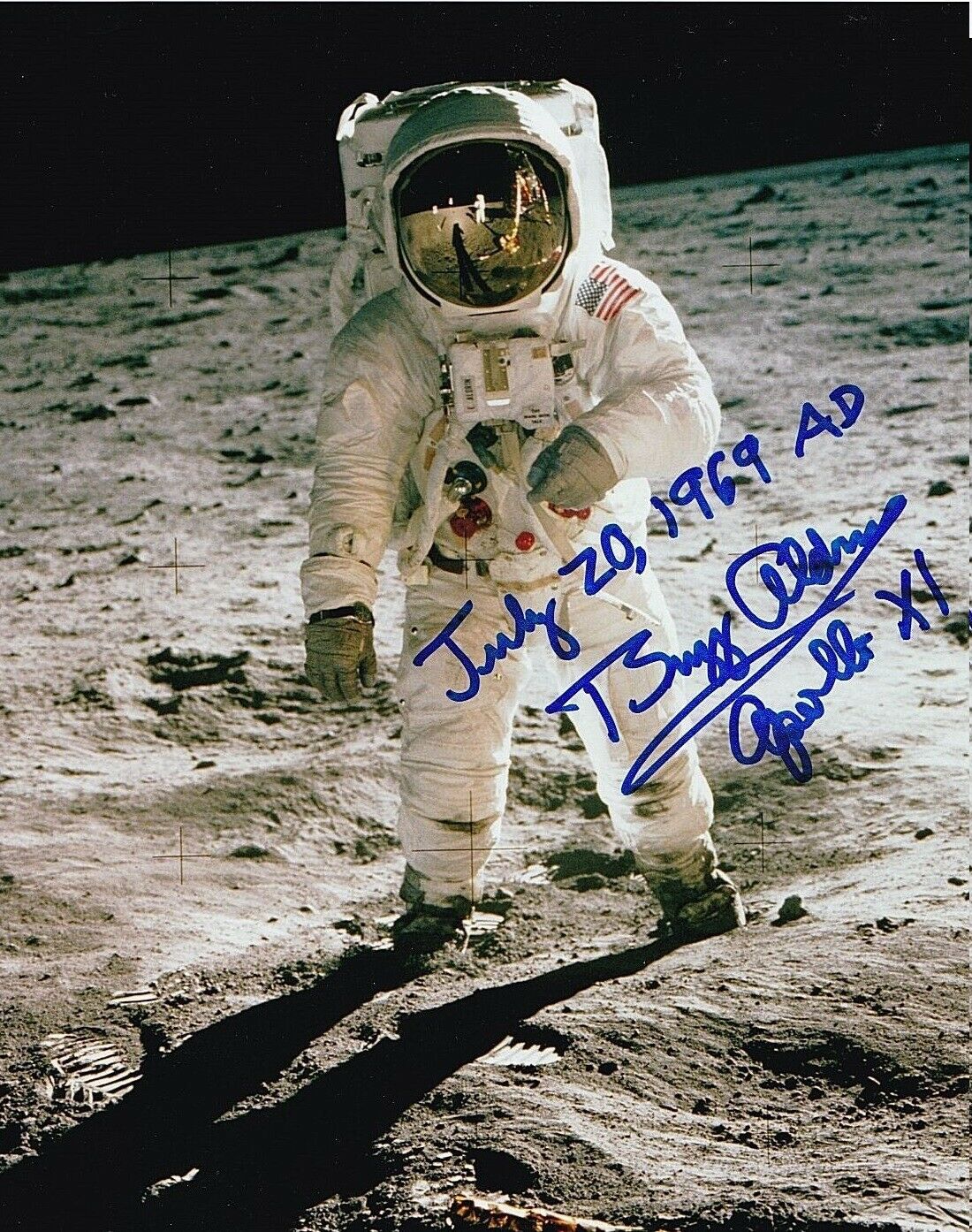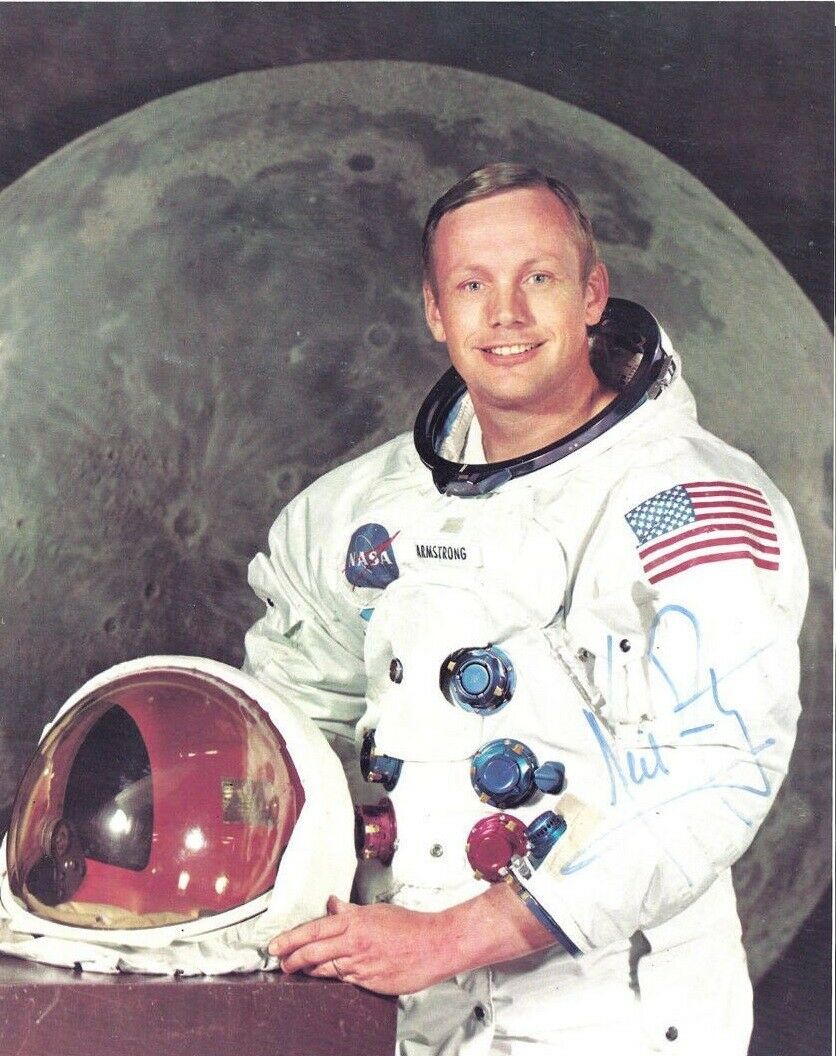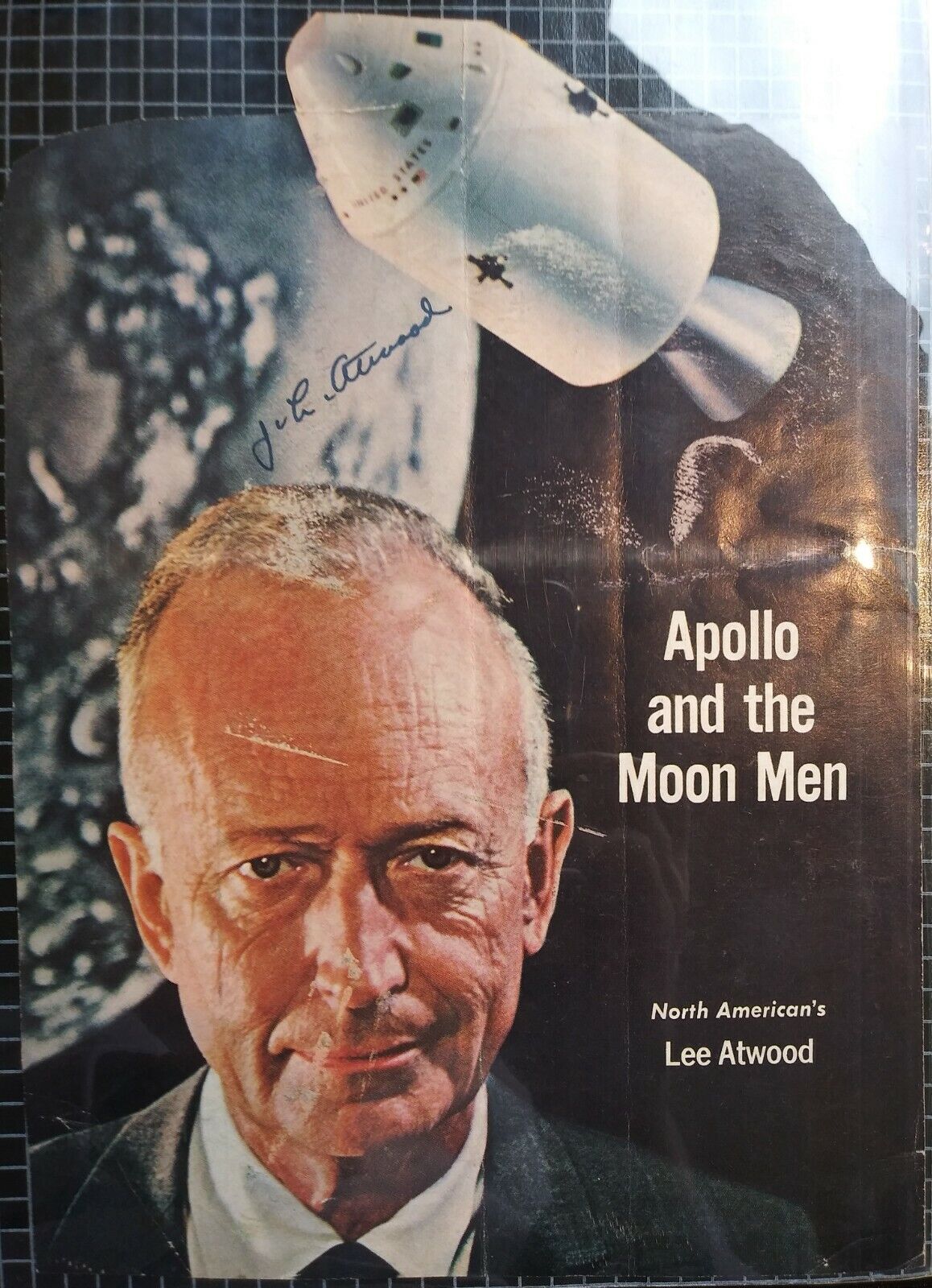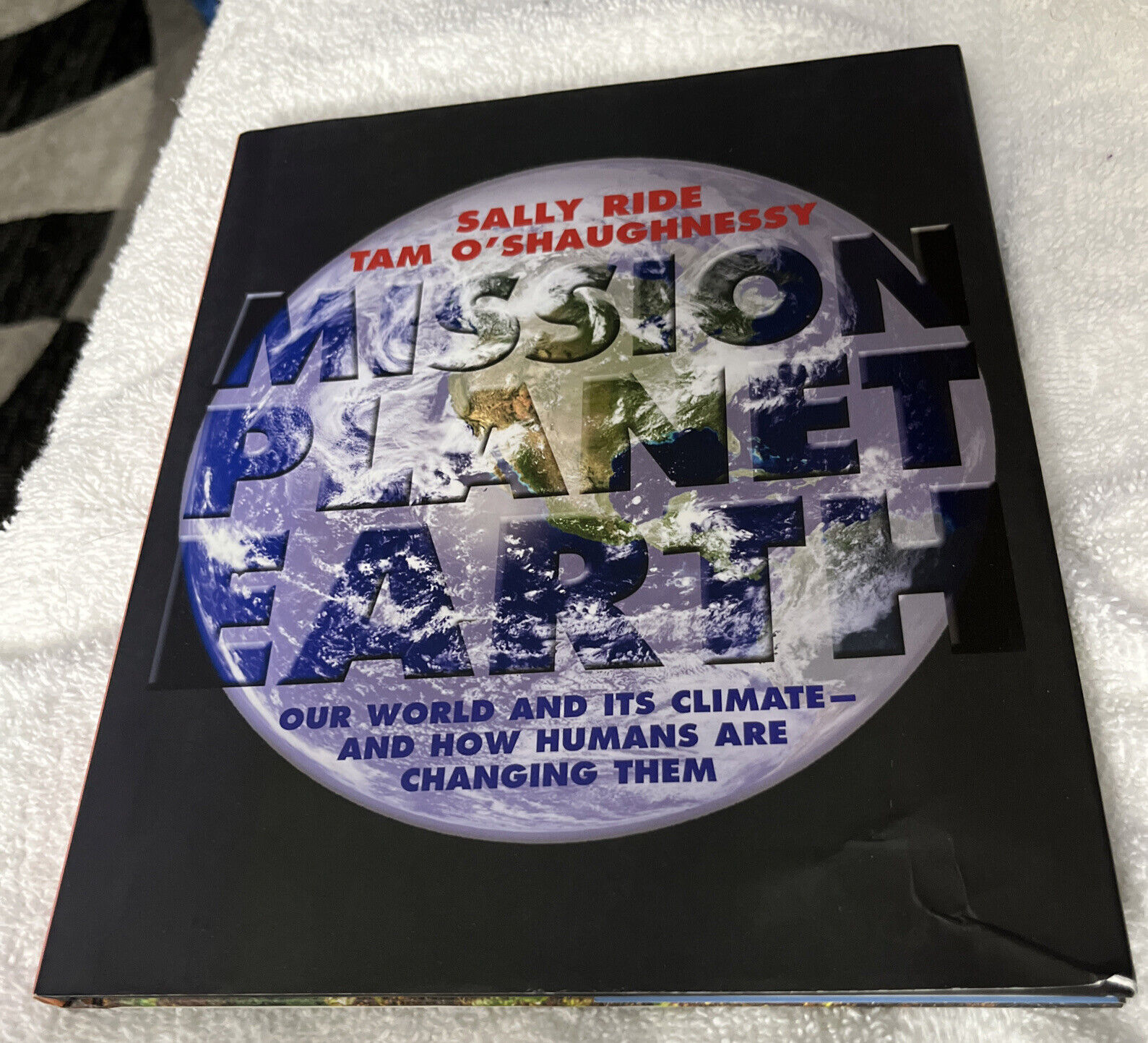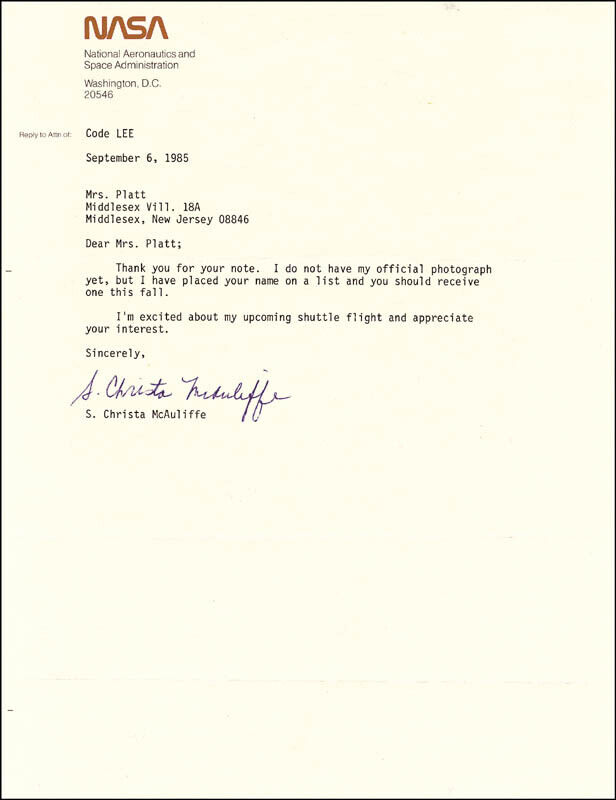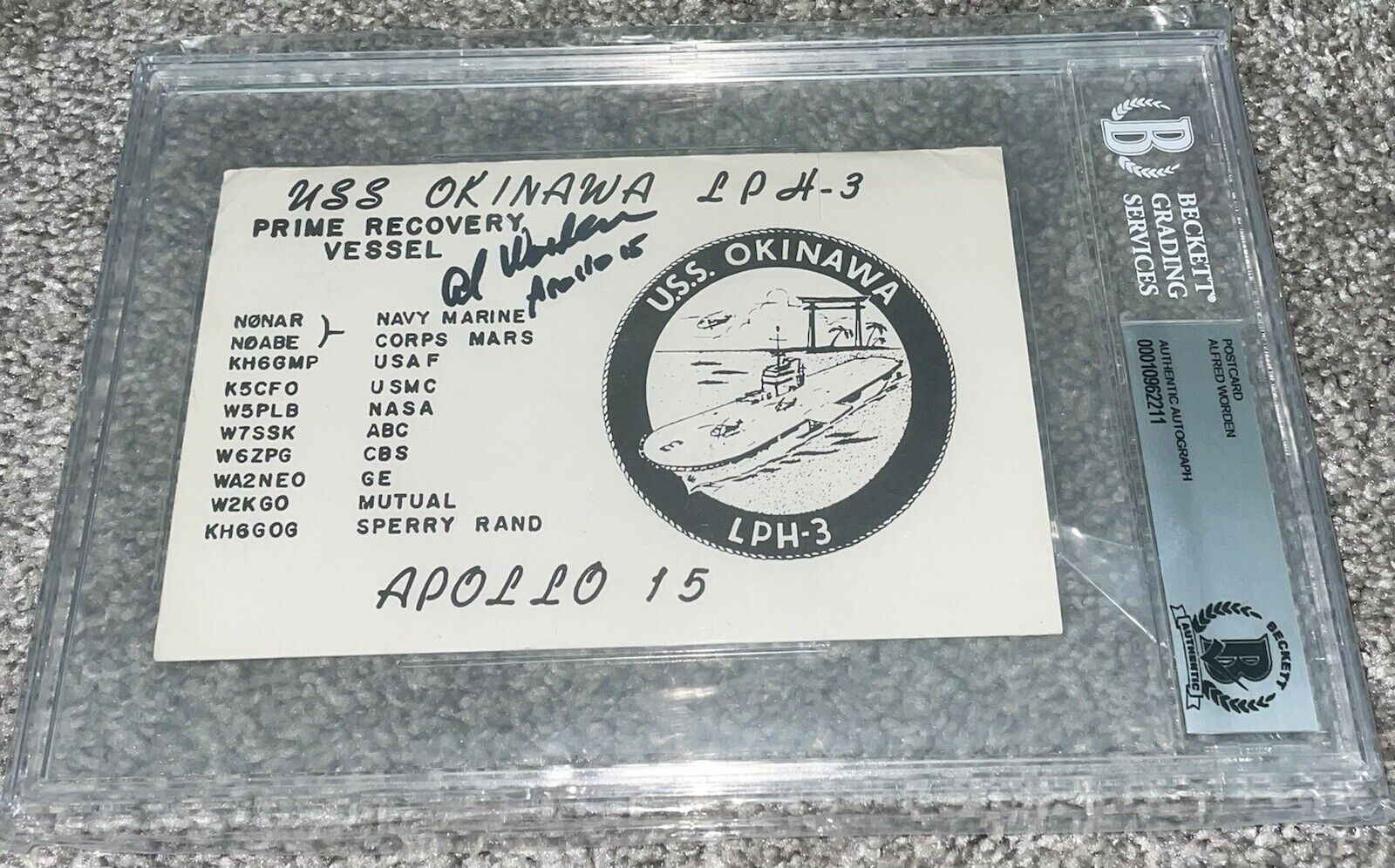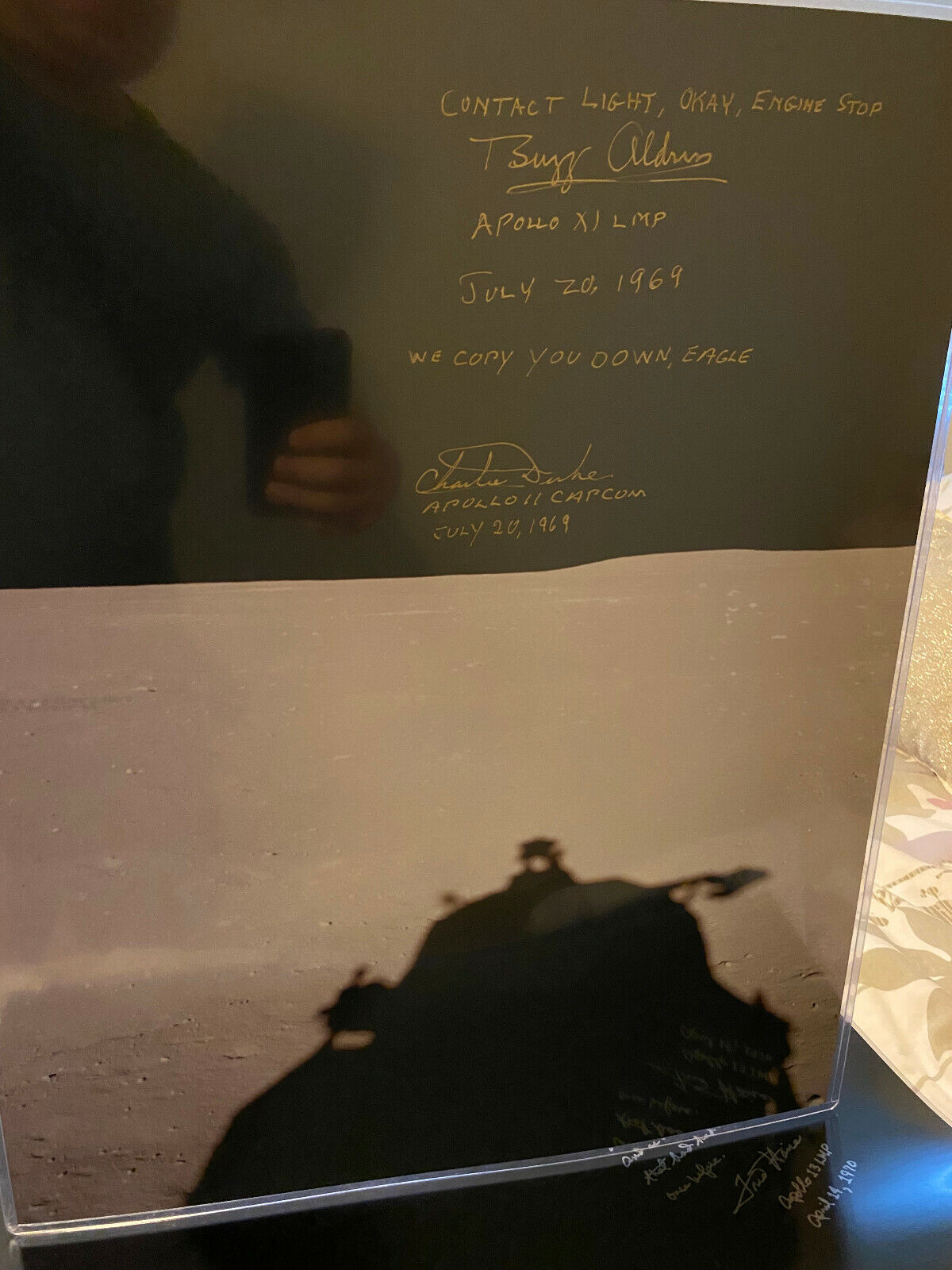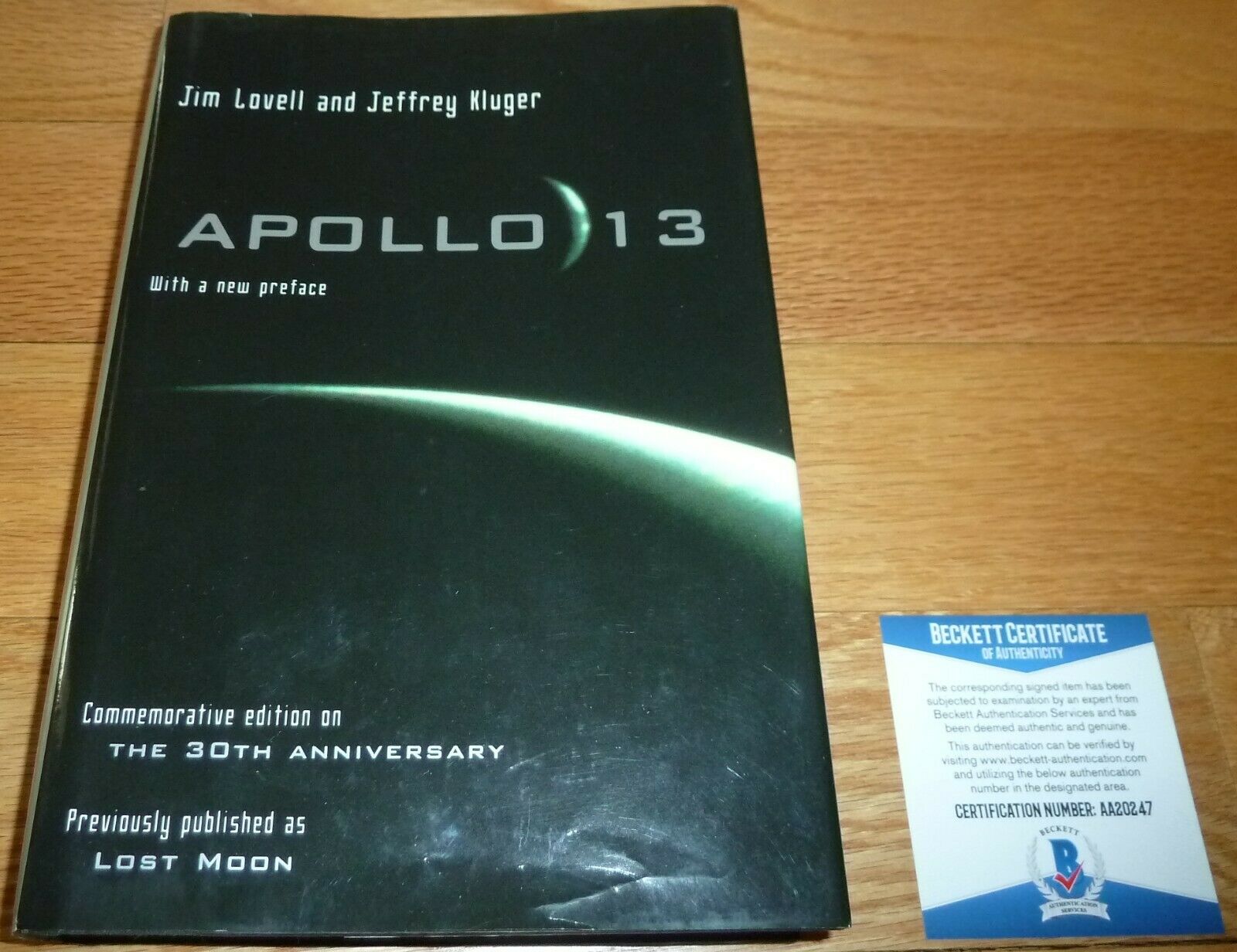-40%
DON LIND Authentic Hand Signed Autograph 4X6 Photo - NASA ASTRONAUT
$ 0.26
- Description
- Size Guide
Description
NASA ASTRONAUT - DON LIND Hand Signed 4X6 Photo . this 4X6 Photo is Hand Signed by DON LIND %100 Authentic Autograph ! The Autograph is BOLD & Looks AMAZING ! The photo Is in Good CONDITION & . is a High Quality photo. NICE AUTOGRAPH PHOTO. Will be shipped SUPER FAST to you & will be Well packaged . I will ship to you . The SAME DAY you pay :) YES... I even ship on Saturday . Payment MUST be made in 3 days or less after this listing ends ! Combined s&h is Extra each additional listing . In the 3 day Period . Check out my other Low priced autographs & my Fantastic Feedback :) Ad my store to your follow list . I do list NEW Low priced Autographs EVERY DAY ! Upon Request . I do offer my Lifetime Guarantee COA . Just message me at Checkout . Thank you :) AmandaJump to navigation
Jump to search
Don L. Lind
Born
May 18, 1930
(age 91)
Midvale, Utah
, U.S.
Status
Retired
Nationality
American
Other names
Don Leslie Lind
Alma mater
University of Utah
(
B.S.
, 1953)
University of California, Berkeley
, (
Ph.D.
, 1964)
Geophysical Institute
,
University of Alaska Fairbanks
(non-degree
postdoctoral research
, 1975-1976)
Occupation
Naval aviator
,
scientist
Space career
NASA
Astronaut
Rank
Commander
,
USNR
Time in space
7d 00h 08m
Selection
1966 NASA Group 5
Missions
STS-51-B
Mission insignia
Retirement
April 1986
Don Leslie Lind,
Cmdr
,
USNR
, Ret., (born May 18, 1930) is an American
scientist
and a former
naval officer
and
aviator
, and
NASA
astronaut
. He graduated from the
University of Utah
with an undergraduate degree in physics in 1953. Following his military service obligation, he earned a
Ph.D.
in
high-energy nuclear physics
from the
University of California, Berkeley
in 1964.
Lind was a
Naval Aviator
and attained the rank of Commander in the
United States Naval Reserve
. After completing his doctorate, Lind worked at NASA's Goddard Research Center from 1964 to 1966. Selected with
Astronaut Group 5
in 1966, he helped to develop the Apollo 11 EVA activities, and served as CAPCOM for the
Apollo 11
and
Apollo 12
missions. Lind was then assigned as backup Pilot for
Skylab 3
and
Skylab 4
and would have flown on
Skylab Rescue
.
Lind was the Payload Commander on his only flight,
STS-51-B
, launched April 29, 1985. He designed an experiment to capture the Earth's aurora. The payload experiments consisted primarily of microgravity research and atmospheric measurement. The
Orbiter
Challenger
completed 110 orbits before landing at
Edwards Air Force Base
,
California
.
Navy service
Lind enrolled at the
United States Navy
Officer Candidate School
at
Newport, Rhode Island
after completing his undergraduate education. After jokingly requesting flight training, Lind was unable to change his assignment and found that he enjoyed flying He received his
Wings of Gold
in 1955 at
NAS Corpus Christi
,
Texas
, and served four years on active duty with the Navy at
San Diego
and aboard the carrier
USS
Hancock
. Lind logged more than 4,500 hours of flight time during his naval and NASA careers, 4,000 of which were in
jet aircraft
.
[2]
He continued to serve in the
United States Naval Reserve
after completing his service obligation before resigning at the rank of
Commander
in 1969.
NASA career
Pre-astronaut and selection
Lind with
Vance D. Brand
(left) as a Skylab rescue crew
From 1964 to 1966, Lind worked at the NASA
Goddard Space Flight Center
as a
space physicist
.He was involved in experiments to determine the nature and properties of low-energy particles within the Earth's
magnetosphere
and
interplanetary space
. Lind applied for NASA's
third group of astronauts
but did not have enough flight hours, and was too old for the
fourth group
[5]
by 74 days, despite arguing that he would not have to learn to fly.After the age restriction changed, he was among the fifth group, the "
Original Nineteen
", selected in April 1966.
Lind was selected as a pilot with other "Original Nineteen" astronauts, unlike the fourth and
sixth
astronaut groups, which were confined to medical doctors and Ph.D. scientists without previous piloting experience. However, he and Group 5 colleague
Bruce McCandless II
(the salutatorian of his
United States Naval Academy
class and the recent recipient of a master's degree in
electrical engineering
from
Stanford University
) were nonetheless treated as scientist-astronauts by NASA due to their academic training and lack of
test pilot
experience that
Deke Slayton
,
Al Shepard
and other NASA managers emphasized; among other factors, this would delay their progression in the flight rotation
Apollo
Along with geologist-astronaut
Harrison Schmitt
, Lind helped to develop and demonstrate the flight plan for the
Apollo 11
EVA (including the Apollo Lunar Surface Experiments Packages that would continue to relay data following the missions) and other tools used on the
lunar surface
. He also served as a
capsule communicator
on the Apollo 11 and
Apollo 12
missions. Schmitt, Lind and
Owen Garriott
were the only scientist-astronauts to receive advanced helicopter training, a key prerequisite for piloting the
Apollo Lunar Module
. Due to standard crew rotations, it is believed that Lind would have followed Schmitt as the second scientist-astronaut Lunar Module Pilot on one of the
canceled Apollo missions
or projected long-range
Apollo Applications Program
lunar survey missions.
Skylab
Amid the gradual cancellation of the later Apollo missions and the devolution of the AAP into the
Skylab program
, Lind was formally reassigned to the latter effort in August 1969; according to Slayton, who noted Lind's disappointment, "with the cancellation of
[Apollo] 20
, I could see I just wasn't going to have a flight for him". Together, Lind and Group 6 scientist-astronaut
William B. Lenoir
comprised the Earth Resources Group of the Skylab Branch Office.
"I was backing up two of the most depressingly healthy people you can imagine."
Lind, on his role as backup Pilot for Skylab 3 and 4.
Lind served as backup Pilot alongside backup Commander
Vance D. Brand
and backup Science Pilot Lenoir for
Skylab 3
and
Skylab 4
, the second and third manned Skylab missions; was on standby for a
rescue mission
planned when malfunctions developed in Skylab 3's
Apollo Command/Service Module
(ultimately thwarted due to Brand and Lind's resourcefulness in devising a solution in the simulators) and the proposed 20-day
Skylab 5
mission (scrapped in favor of the more economical extension of Skylab 4 from 56 to 84 days); and may have flown as a Pilot or Science Pilot on
Skylab B
.
Astronauts knew little of why or how they were assigned to missions. By the Skylab era, Lind was informally perceived as a "scientist-pilot" because of his doctorate. According to David Shayler, Lind "could never understand why he was not on the [Skylab 4] crew as [S]cience [P]ilot" due to his work on the mission's Earth resources package; this could be attributed in part to seniority and specialization, as all of the Science Pilots were drawn from Group 4. Additionally, Skylab 4 Science Pilot
Edward Gibson
(like Lind, an atmospheric physicist) had taken on a research program in
solar physics
and worked on the
Apollo Telescope Mount
while Lind was still on track to be assigned to a lunar mission. Although he cross-trained with Lenoir and briefly proposed swapping positions with his crewmate, Lind elected to retain his original assignment due to the greater likelihood of the rescue mission (which could only accommodate the Commander and Pilot) amid the space program's dwindling flight opportunities.
According to
Michael Cassutt
, in 1970, Lind "openly complained" to
George Abbey
(then technical assistant to
Johnson Space Center
director
Robert R. Gilruth
) about the perceived administrative machinations of Slayton and Shepard and Harrison Schmitt's assignment to Apollo 17. However, Abbey—a close friend of Schmitt who would eventually oversee Astronaut Corps assignments as director of flight operations from 1976 to 1988—took umbrage at Lind's cooperation with a 1969 report in
The Washington Post
that exposed rampant dissatisfaction among the scientist-astronauts. He also alleged that Lind complained about "any and all subjects" related to the space program, associating him with a coterie of scientist-astronauts (including
Story Musgrave
) who perceived Abbey as a "faceless 'horse-holder' who had worked his way into a powerful job." Although Abbey could not forestall Lind's eventual flight, their acrimonious relationship played a key role in hindering the astronaut's progression in the flight rotation.
When the
Smithsonian Air and Space Museum
received the unused Skylab B he "cried ceremonially in front of it", Lind later said; "I was ... in the right place at the wrong time".He was reassigned to the Science and Applications Directorate in 1974, formally codifying his status as a scientist-astronautIn a 1976 memo,
Chris Kraft
implicitly characterized Lind as one of NASA's nine active scientist-astronauts in the context of the
payload specialist
program
Shuttle era
The crew of the STS-51-B mission. Lind is at the far left
For the
Space Shuttle program
, Lind was reassigned as a
Mission Specialist
along with McCandless (who, unlike Lind, continued to train as a potential
Space Shuttle orbiter
pilot until 1983)
and the remaining Apollo-era scientist-astronauts. During this period, he was a member of the
Astronaut Office
's Operations Missions development group, responsible for developing
payloads
for the early Space Shuttle Orbital Flight Test (OFT) missions and the
Canadarm
.
Lind finally flew as the lead Mission Specialist and
de facto
Payload Commander on
STS-51-B
(April 29 to May 6, 1985), logging over 168 hours in space. Due to Apollo-era managerial preferences, his contentious relationship with George Abbey, NASA budgetary problems and delays in the Space Shuttle program, Lind waited longer than any other continuously serving American astronaut for a spaceflight: 19 years.STS-51-B's average of 48.6 was the oldest for an American space mission.
[16]
STS-51-B
, the
Spacelab-3
science mission, launched from
Kennedy Space Center
,
Florida
, on April 29, 1985. Following several delays, this was the first fully operational
Spacelab
mission. A space program aficionado has speculated that Lind's science-dominant assignment was a "reward... for sticking around so long," in contrast to the majority of early STS missions that were centered around routinized satellite deployments. The seven men crew investigated crystal growth, drop dynamics leading to containerless material processing, atmospheric trace gas spectroscopy, solar and planetary atmospheric simulation, cosmic rays, laboratory animals and human medical monitoring.
With the help of his Alaska postdoctoral group, Lind developed and conducted an experiment to photograph the
Earth
's
aurora
. As the experiment used a camera already on the Shuttle, NASA only needed to purchase three rolls of film for ; Lind described it as "the cheapest experiment that has ever gone into space." After completing 110 orbits of the Earth, the
Orbiter
Challenger
landed at
Edwards Air Force Base
,
California
, on May 6, 1985.
Lind retired from NASA on the twentieth anniversary of his selection in 1986. For nine years thereafter, he served as a professor of physics and
astronomy
at
Utah State University
, until his retirement in 1995.


